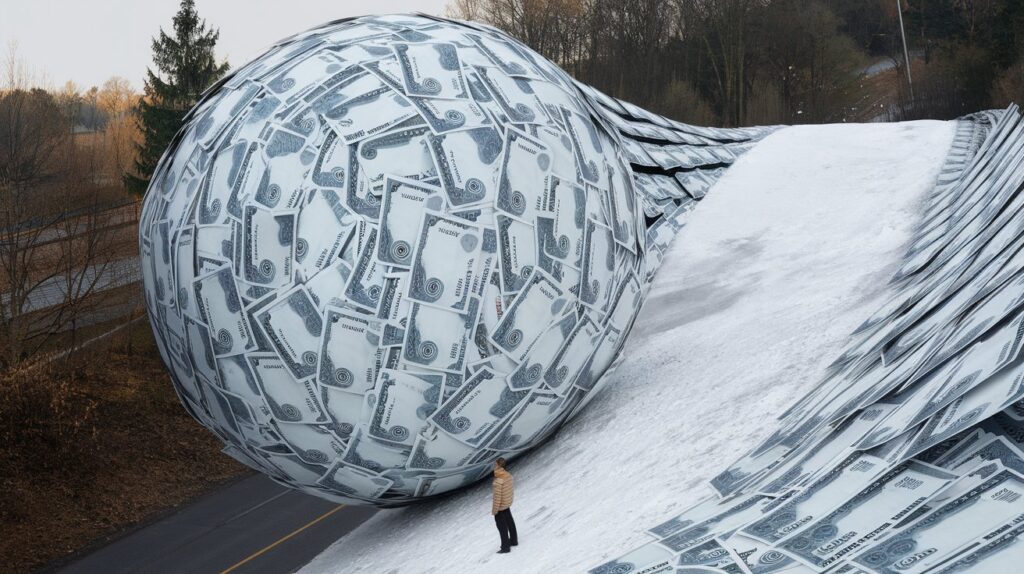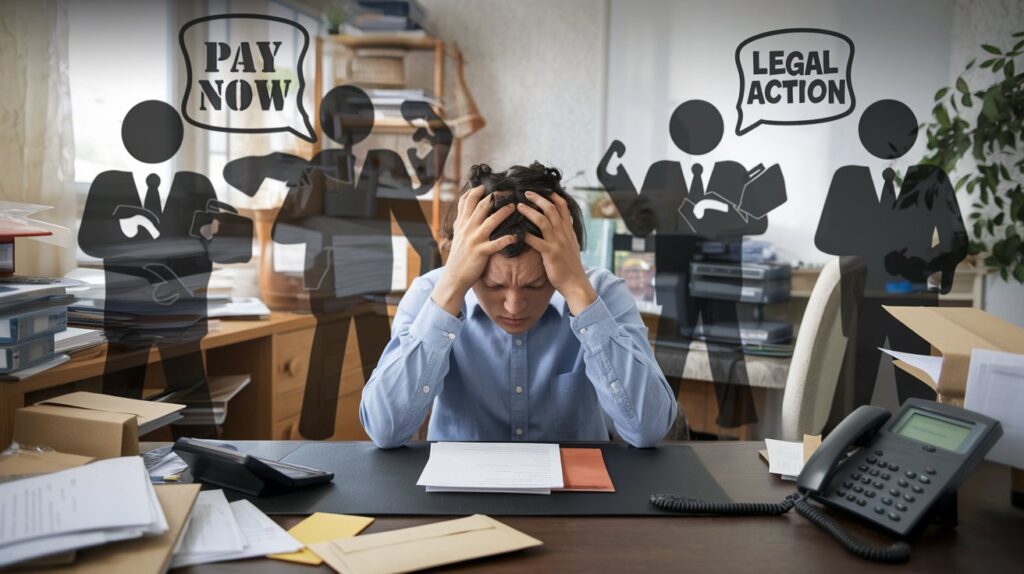If you’ve been searching for the best credit card to suit your needs, you’re not alone. Many people are drawn to enticing offers of rewards, cashback, and travel perks. But while these benefits can be appealing, there’s a hidden side to credit cards that often goes unnoticed until it’s too late: the debt trap. Before you apply for that shiny new card, it’s important to understand how to use it wisely to avoid falling into financial trouble. This article will guide you through the hidden fees, potential pitfalls, and smart practices to keep your finances on track.

1. The Allure of Credit Cards and Their Perils
The ease and convenience of credit cards can lull users into a false sense of financial security. It’s tempting to use them to fund purchases without immediately worrying about the cost. However, this “buy now, pay later” mentality can lead to overspending, especially for individuals whose earnings don’t match their expenses. As the bills pile up, the harsh reality sets in: credit is not free, and the money borrowed comes with interest, fees, and potential penalties.
People often fall into this trap when they start using their credit card for necessities such as groceries, bills, and transportation, thinking they’ll have enough to cover it later. Over time, without a substantial increase in income or proper budgeting, users find themselves buried under a growing balance, barely keeping up with the minimum payments, which only adds to their interest burden.
2. Uncovering the Hidden Costs of Credit Cards
What makes credit card debt particularly dangerous is the host of hidden charges that quietly accumulate. Even responsible users can be caught off guard by these fees, which chip away at their financial stability. Some of the most common charges include:

- Late Payment Penalties: Miss a payment date, and you could face steep fees that are either a percentage of the balance or a fixed rate, significantly inflating your debt.
- Skyrocketing Interest Rates: Many cards come with hefty interest rates that can reach as high as 40% annually. As long as there’s an outstanding balance, these rates apply, making it harder to get out of debt.
- Annual Fees: Some credit cards charge an annual fee, which is often forgotten about until it shows up on your statement.
- Cash Advance Charges: Taking out cash on your credit card? Beware, it’s typically accompanied by immediate interest charges and often at a higher rate than regular purchases.
- Foreign Transaction Fees: If you’re traveling or shopping internationally, banks can tack on fees of 2-5% for every purchase made in a foreign currency.
- Over-the-Limit Fees: Exceed your credit limit, and you could incur additional fees, further worsening your debt load.
These costs, often buried in the fine print, can balloon your debt faster than you realize, trapping you in a cycle that becomes increasingly hard to escape.
3. How Banks Respond When You Fall Behind on Payments
If you’re unable to keep up with your payments, banks don’t hesitate to apply pressure. Missing a payment or failing to pay in full sets off a chain reaction that can lead to long-term financial harm. Here’s what you can expect:

- Interest Snowballing: The unpaid balance starts accumulating interest, which can cause your debt to double or even triple over time.
- Collection Calls and Threats: After a missed payment, expect reminder calls. However, if the debt continues to grow, these calls can become increasingly aggressive, often involving threats of legal action or the involvement of debt collection agencies.
- Damaged Credit Score: Each missed payment will have a negative impact on your credit score. This affects your ability to secure loans or even rent an apartment in the future.
- Legal Consequences: If the debt remains unpaid, banks may resort to lawsuits, which could result in wage garnishments, asset seizures, or other severe legal penalties.
These escalating consequences create a stressful environment for debtors, making it harder for them to break free from the debt trap.
4. How People Fall into the Credit Card Debt Trap
Understanding how people fall into credit card debt can help avoid these mistakes. Here are the common ways individuals get trapped:

- Using Credit for Regular Expenses: When wages fall short of monthly costs, people often use credit cards to cover necessities like groceries, gas, and rent. This leads to large balances that are hard to repay.
- Living Beyond Their Means: Credit cards can make it easy to buy luxury items or services without feeling the pinch—until the bill arrives. Without careful budgeting, spending on non-essential items can quickly turn into insurmountable debt.
- Emergency Spending: Unexpected medical bills, car repairs, or sudden unemployment can force people to rely on credit cards as a safety net, leading to mounting debts.
- Misunderstanding Interest: Many people believe paying the minimum amount due will help them stay on top of their debts. In reality, this only prolongs the repayment period and adds more interest to the debt.
These common behaviors, paired with a lack of financial education, often lead to long-term debt problems.
5. Steps to Avoid the Credit Card Debt Trap
Preventing credit card debt requires discipline, awareness, and smart financial habits. Here’s how you can steer clear of the trap:

a. Know What You’re Signing Up For
Always read the terms and conditions of any credit card offer carefully. Pay close attention to interest rates, penalty fees, and other charges to avoid unpleasant surprises.
b. Spend Within Your Means
Treat your credit card like it’s linked to your checking account—only charge what you can afford to pay off in full when the bill is due. This way, you’ll avoid interest charges and keep control of your finances.
c. Regularly Review Your Statements
Keep an eye on your credit card statements to catch any unauthorized or accidental charges. Regular monitoring helps you track your spending and ensures you stick to your budget.
d. Pay Off Your Balance Each Month
Whenever possible, pay the full balance on your card by the due date. Carrying a balance subjects you to interest charges, which can quickly escalate your debt.
e. Limit Your Credit Card Usage
It’s tempting to have multiple cards, but too many credit cards increase the risk of overspending. Stick to one or two cards that offer the best rewards or lowest interest rates for your spending habits.
f. Set a Budget
Plan your finances carefully and create a budget that includes your credit card spending. This ensures you don’t overextend yourself and helps you manage your debt.
6. What to Do If You’re Already Trapped in Credit Card Debt
If you’ve already fallen into the debt trap, don’t lose hope. Here are some ways to regain control:

a. Stop Using Your Card Immediately
The first step is to stop digging the hole deeper. Avoid using your card for new purchases until you can pay down your existing balance.
b. Focus on Paying More Than the Minimum
Pay as much as you can each month. This will reduce your debt faster and lower the total amount you’ll pay in interest.
c. Negotiate with Your Bank
Contact your credit card issuer if you’re struggling. They may be willing to lower your interest rate or create a payment plan to help you manage the debt.
d. Consider a Balance Transfer
If you have high-interest debt on multiple cards, a balance transfer to a card with a lower interest rate could save you money and make it easier to pay off your debt.
Conclusion
Credit cards offer great convenience, but if used recklessly, they can lead to significant financial strain. By understanding the risks—such as hidden fees, high interest rates, and the consequences of missed payments—you can take steps to avoid falling into the credit card debt trap. Always spend within your means, keep track of your expenses, and have a solid repayment plan. If you’re already in debt, act quickly to regain control, and don’t hesitate to seek help from financial professionals. With the right approach, you can turn your credit card from a liability into an asset.